Cable Based Lifeline Systems
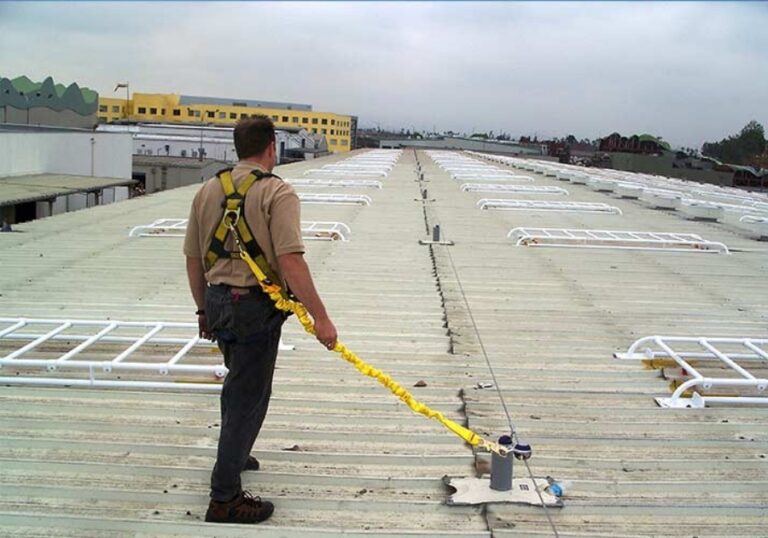
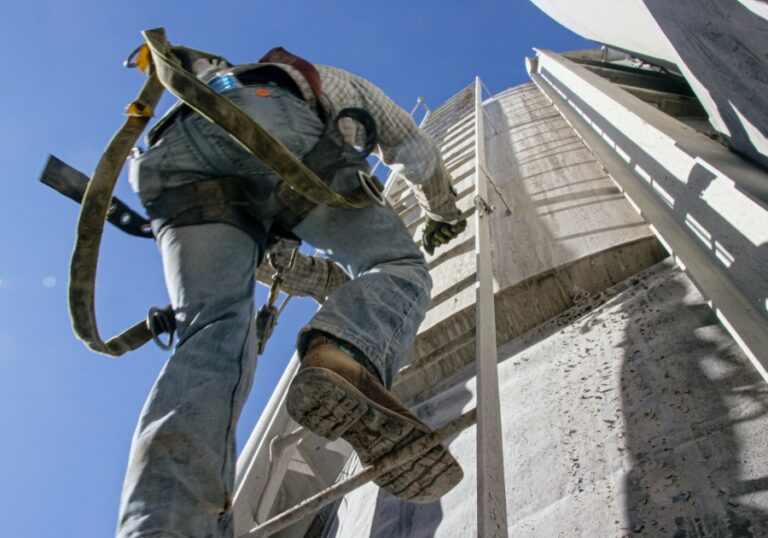
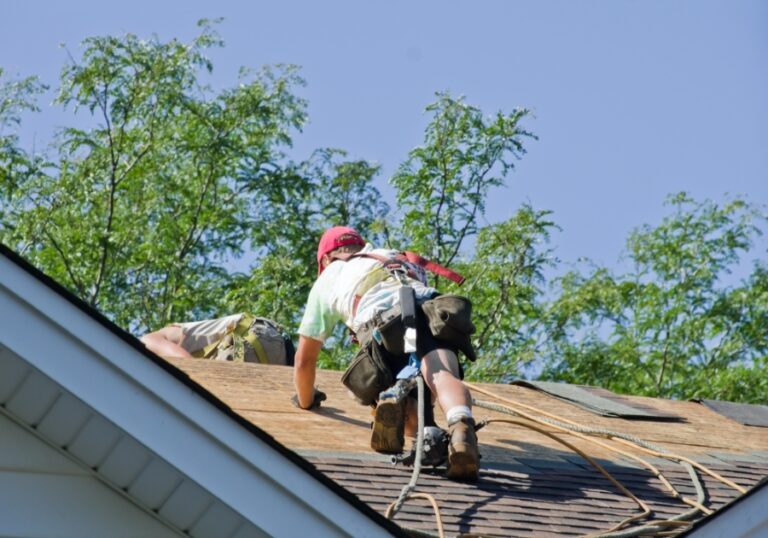
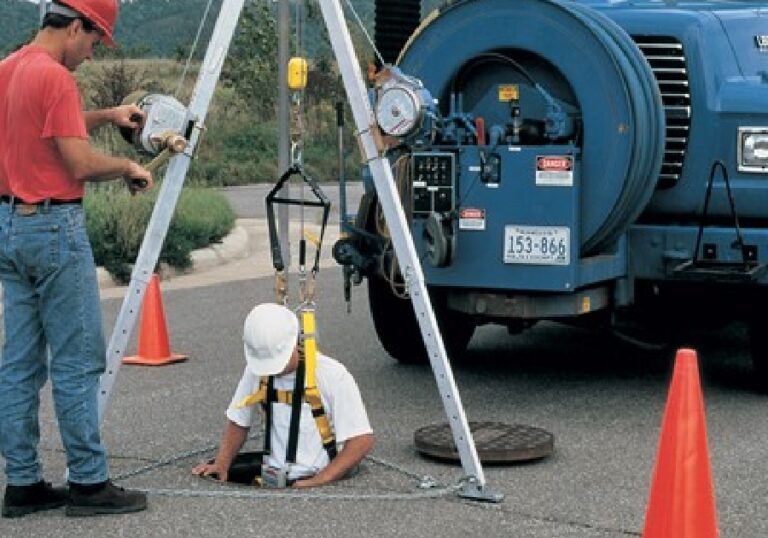
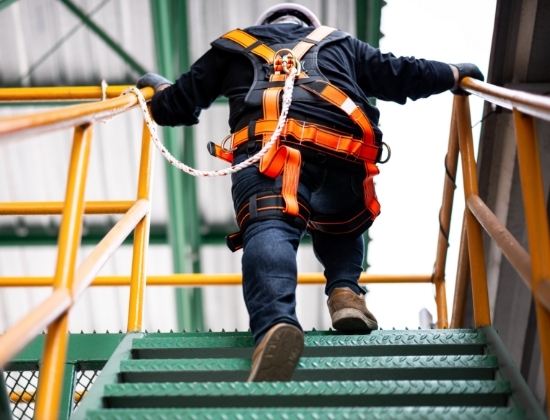
Looking for a cost-effective fall protection solution?
Consider our cable based lifeline systems to improve your facility’s safety. Liftsafe cable based lifelines come in a variety of options and can easily be installed in numerous workplace environments. These lifeline systems will cover larger surface areas than a traditional fall protection system, while easily accommodating your existing facility space without restricting worker mobility.
- Using a cable based system allows for greater surface area coverage of your facility.
- Keeps employees safe, without restricting their mobility while working
- Reduces installation time and costs
- Easily accommodates the existing layout of your facility to allow workers to access every area where maintenance is required
Canada Occupational Safety and Health Regulations, SOR/86-304, Sections 12.01 to 12.09
12.07 (1) Subject to subsection (2), an employer must provide or put in place a fall-protection system if work is to be performed
(a) from a structure or on a vehicle at a height of 3 m or more;
(b) from a ladder at a height of 3 m or more if, because of the nature of the work, the person performing it is unable to use at least one hand to hold onto the ladder; or
(c) at a height of less than 3 m if the surface onto which the person might fall would present a greater risk of injury than a solid, flat surface.
KEY FEATURES
In-house expertise
We are well-equipped and ready to tackle your custom projects.
Safety First
All our products are designed and built in accordance with industry standards.
Custom design
Custom access products and equipment designed with advanced software.
Innovation
Developed with advanced design software and streamlined processes.
Compliance
Meets and exceeds compliance standards, including ANSI, OSHA and Cal/OSHA.
Customer service
We provide the best experience while meeting and exceeding project expectations
Talk to a specialist today
Horizontal Lifelines
- Ideal for work areas without existing anchor points, our horizontal lifelines provide continuous, secure fall protection across rooftops, beams, or walkways.
- Engineered cable mounted between two or more anchor points, with tensioning systems and intermediate supports to handle dynamic loads.
- Supports multiple users and minimizes need for workers to disconnect & reconnect while moving across.
- Designed to limit fall forces, reduce sag, and mitigate swing fall hazards.
- Compatible with travel restraint or fall arrest modes.


Vertical Lifelines
- Provides unlimited up/down mobility while staying connected — no manual re-anchoring required mid-ascent or descent.
- Seamless vertical tie-off system with rope grabs or guided devices ensures continuous protection.
- Often paired with self-retracting lifelines or fall arrest devices to limit free fall distance.
- Typically used along fixed ladders, towers, silos, or vertical shafts.
- Designed per CSA / ANSI / applicable standards to ensure load capacity and dynamic response during a fall.
Temporary Horizontal Lifelines
- Portable cable lifeline systems ideal for short-term access, maintenance, or infrequent work zones.
- Rapid deployment and removal without permanent structural modifications.
- Modular and reconfigurable: spans, tensioners, bases, and supports scale to your layout.
- Common in construction zones, maintenance patches, or jobs where permanent installation is not practical.
- Engineered for safety even in temporary use — includes energy absorbers, tension indicators, and clear user capacity ratings.


Confined Space Lifelines
- Tailored lifeline systems for vertical or limited-access spaces (e.g. tanks, vaults, manholes), where entry/exit is constrained.
- Incorporates winch or davit systems for rescue/emergency retrieval as needed.
- Designed with compliance in mind: meets OSHA / CSA requirements for confined space entry & fall protection.
- Uses rope, cable, or guided devices rated for fall arrest or rescue loads.
- Ensures that when workers are inside, they remain continuously protected and retrievable.
Your Perfect Solution Awaits!
Projects

Integrated Walkway and Guardrail System on SLOPED Roof
A recent aviation project has our team building Engine Access Stands for Rolls-Royce B787 and B767 aircraft, improving comfort, safety, and functionality.
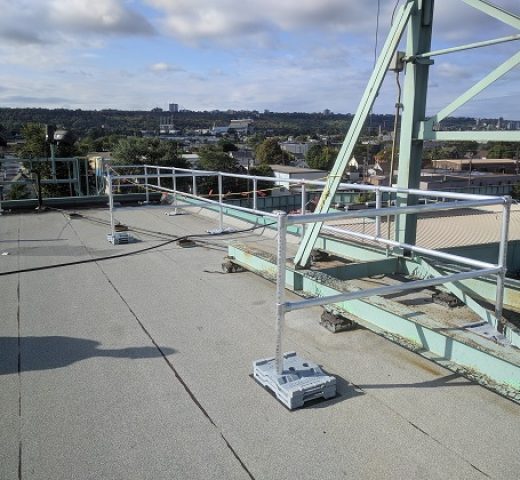
RoofGuard Rooftop Protection and Fixed Access Ladder
The next-generation Aviation Platform Stand was delivered to a major operator at YYZ, providing safe, ergonomic access to B737 and B767 aircraft for maintenance and inspections.

RoofGuard Classic Standard Kits for HVAC Maintenance Safety
The C-130 Access Platform was engineered and installed by Liftsafe, providing full modular access to the FAST trainer while meeting Canadian fall protection standards.
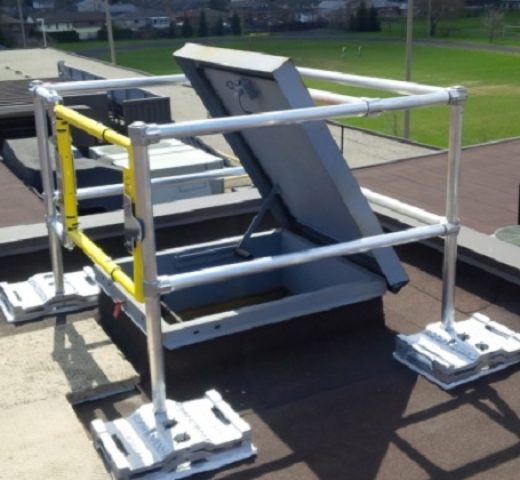
HatchGuard guardrail kit with self closing gate
The Wheel and Brake Service Cart provides safe, low-risk movement and replacement of wide-body aircraft wheels and tires, with a low-profile design for easy loading and operation.
RELATED PRODUCTS
NETTING SAFETY Systems
Our netting systems have been designed to meet all required safety measures to reduce injuries and liability.
ROOFGUARD ROOFTOP GUARDRAIL
Modular rooftop guardrails designed to provide safe, reliable fall protection and meet compliance standards.
Rooftop Safety
Products
Reliable rooftop safety solutions designed for compliance and protection.
